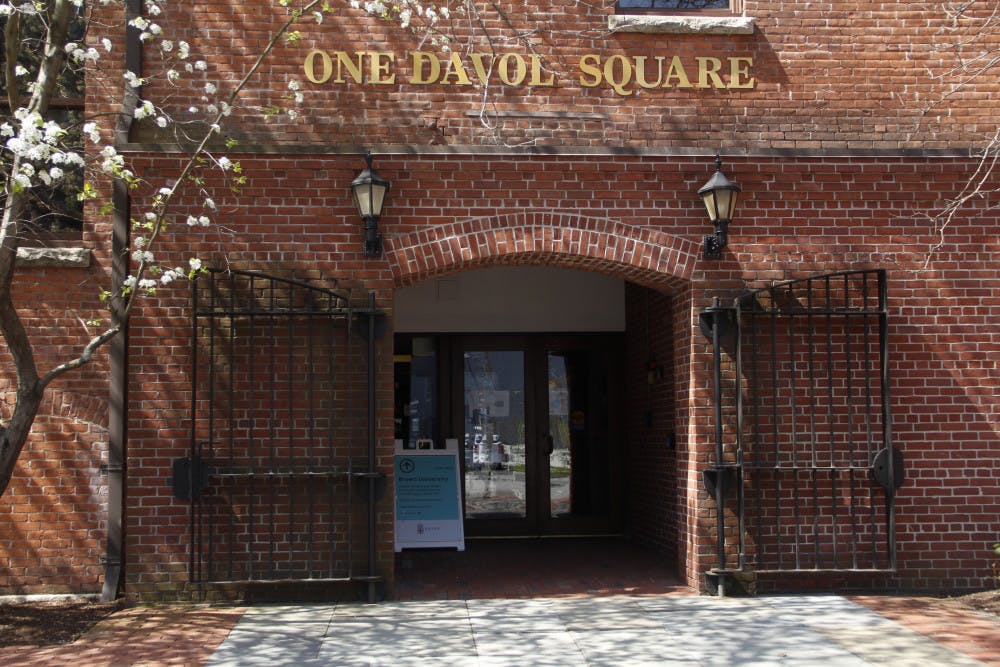Students in the COVID-19 testing program were asked to consent to new viral sequencing for variants through the Broad Institute, the University’s testing partner, in an email sent to on-campus students June 8.
The Broad Institute is collaborating with state departments of health and universities throughout New England to sequence positive test samples and better understand how COVID-19 variants affect the spread of the virus.
“Just like a COVID-19 test, people need to consent to it,” said Executive Vice President for Planning and Policy Russell Carey ’91 MA’06. The Broad Institute randomly selects subsets of samples taken from the testing program to sequence for variants. “It has no impact whatsoever on the COVID-19 test, … but it contributes to the knowledge about the presence of variants, and then departments of health can act on that in terms of protecting everybody,” he said.
The Institute has expanded sequencing programs to multiple universities to “have a bigger net to be sampling from,” Carey said. The Institute is working with the Rhode Island State Department of Health and several universities in the state, including Brown, the Rhode Island School of Design, Roger Williams University and Providence College.
The results of the sequencing will be reported to each state department of health, which will then communicate information to the public as needed. Carey describes this as “community level public health,” which “informs the departments of health in terms of their guidance about things like mask wearing, social distancing and vaccinations.”
Though the University will not publish sequencing results, as results are not directly shared by the Broad Institute with individual universities, it will continue to publish data on positive asymptomatic COVID-19 cases through the testing program.
During the week of June 6 to June 12, the testing program reported zero positive asymptomatic COVID-19 cases, according to the Healthy Brown COVID-19 dashboard.
Meanwhile, from June 3 through June 9, the percentage of documented COVID-19 vaccinations increased to 84.3 percent and 73.5 percent for students and employees on campus, respectively, according to the June 10 COVID-19 Testing Update.
Including students and employees not on campus, 57 percent and 72 percent, respectively, have documented their COVID-19 vaccinations.
With the low presence of COVID-19 on campus and increase in vaccine documentation, the University also announced next steps for employees returning to in-person work and on-campus operations for the fall semester in a June 7 University-wide email from President Christina Paxson P’19.
“We're clearly seeing very little presence of COVID-19 on campus, … so that's very encouraging and continues to be the foundation on which we think that by the fall we'll be able to have completely normal operations,” said Carey, who serves on the Future of Work Steering Committee. “We feel confident that we can re-densify campus.”
Employees will be required to return to campus in mid-August before the start of the semester to ease the transition from working remotely, Carey said.
There is caution and anxiety around “trusting that it is safe to be with other people,” even after vaccination, he said. “Given everything that we've all been through in the last year and a half, that's not a switch that you can just flip in one day and make everybody feel comfortable,” Carey said.
People with certain positions may be eligible to remain hybrid or fully remote, but the “general expectation is that offices, programs, departments and institutes will be staffed and holding in-person activities by the middle of August.” Approval for hybrid and remote eligibility will be made on a limited basis, according to an email announcement to faculty and staff June 9.
“There's a lot of value in the collaborations and informal and formal interactions that happen on a campus in person,” Carey said. But “there's a lot of work among faculty and others to take advantage of the positive things that have come out of this experience,” such as effectively leveraging technology and virtual participation.
Gabriella is the Senior Science & Research Editor of The Brown Daily Herald. She is a junior from San Francisco studying neuroscience on the premedical track.





